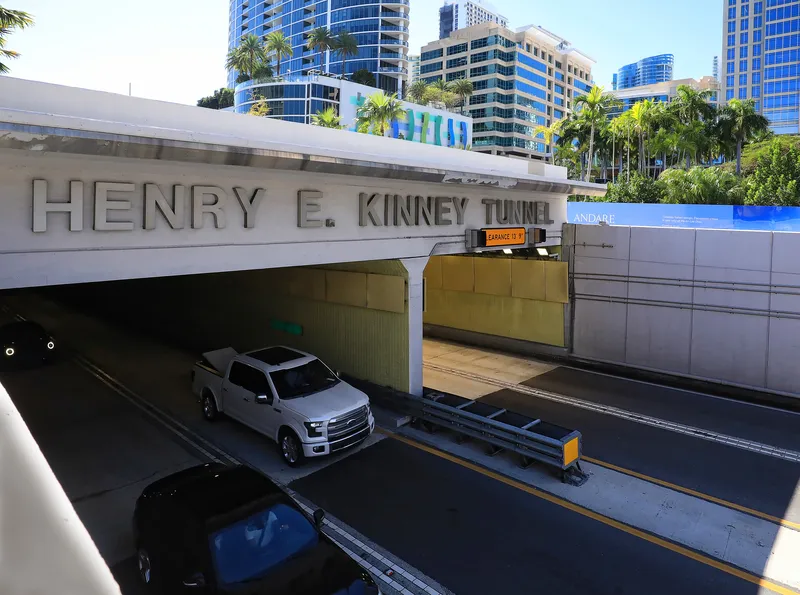In a contract worth US$49.6 million from the New York Metropolitan Transportation Authority (MTA), Thales is to upgrade the New York subway’s busy Queens Boulevard Line with its signalling solution.
The contract includes the deployment of the Thales’s communications-based train control system, SelTrac CBTC, as well as the supply of equipment for the line’s train fleet. Design work for the Queens Boulevard Line is getting underway and installations are expected to begin in mid-2017.
October 1, 2015
Read time: 2 mins
In a contract worth US$49.6 million from the New York 1267 Metropolitan Transportation Authority (MTA), 596 Thales is to upgrade the New York subway’s busy Queens Boulevard Line with its signalling solution.
The contract includes the deployment of the Thales’s communications-based train control system, SelTrac CBTC, as well as the supply of equipment for the line’s train fleet. Design work for the Queens Boulevard Line is getting underway and installations are expected to begin in mid-2017.
The contract is one of two that will allow New York City Transit to operate more trains per hour on this line, thereby increasing passenger capacity, and provide improved and more reliable services. When complete, this multi-year contract will enable the line to use a CBTC system on multiple routes. The other contract was awarded to189 Siemens.
MTA sees the line as being the first interoperable line in the world, which will allow Thales’ equipment to work seamlessly with other CBTC suppliers’ equipment.
SelTrac CBTC continuously updates train positions, distances and travel speeds, allowing for faster and more efficient operations. Continuous updates allow the subway system to recover quickly from delays and restore consistent wait times at subway stations for passengers.
The installation of SelTrac CBTC will maintain the signalling system in a state of good repair and will also enhance safety for passengers and employees alike. With CBTC, NYC Transit can program a work zone so trains cannot exceed a set speed, making the work zone much safer for workers on the tracks.
The contract includes the deployment of the Thales’s communications-based train control system, SelTrac CBTC, as well as the supply of equipment for the line’s train fleet. Design work for the Queens Boulevard Line is getting underway and installations are expected to begin in mid-2017.
The contract is one of two that will allow New York City Transit to operate more trains per hour on this line, thereby increasing passenger capacity, and provide improved and more reliable services. When complete, this multi-year contract will enable the line to use a CBTC system on multiple routes. The other contract was awarded to
MTA sees the line as being the first interoperable line in the world, which will allow Thales’ equipment to work seamlessly with other CBTC suppliers’ equipment.
SelTrac CBTC continuously updates train positions, distances and travel speeds, allowing for faster and more efficient operations. Continuous updates allow the subway system to recover quickly from delays and restore consistent wait times at subway stations for passengers.
The installation of SelTrac CBTC will maintain the signalling system in a state of good repair and will also enhance safety for passengers and employees alike. With CBTC, NYC Transit can program a work zone so trains cannot exceed a set speed, making the work zone much safer for workers on the tracks.









